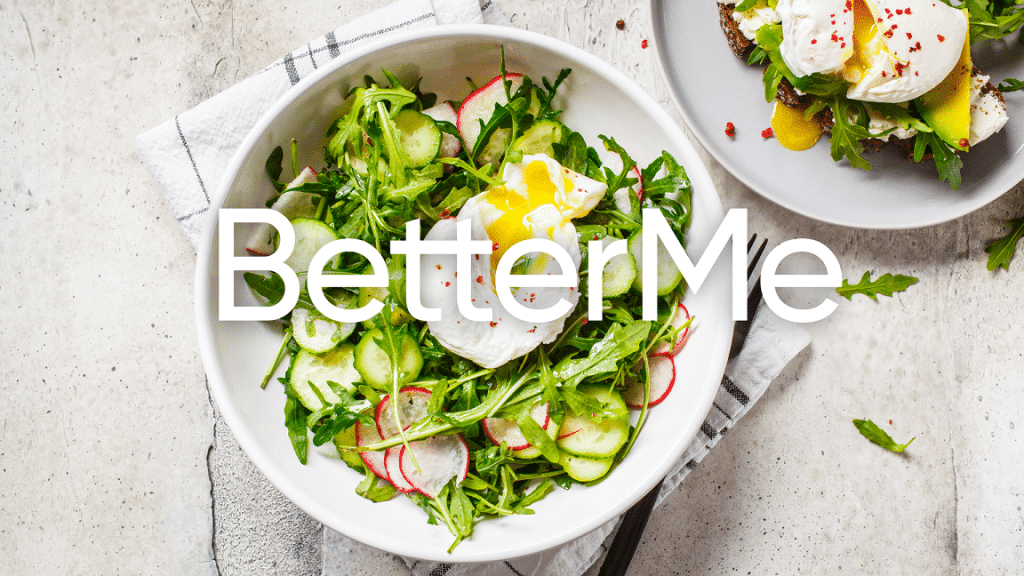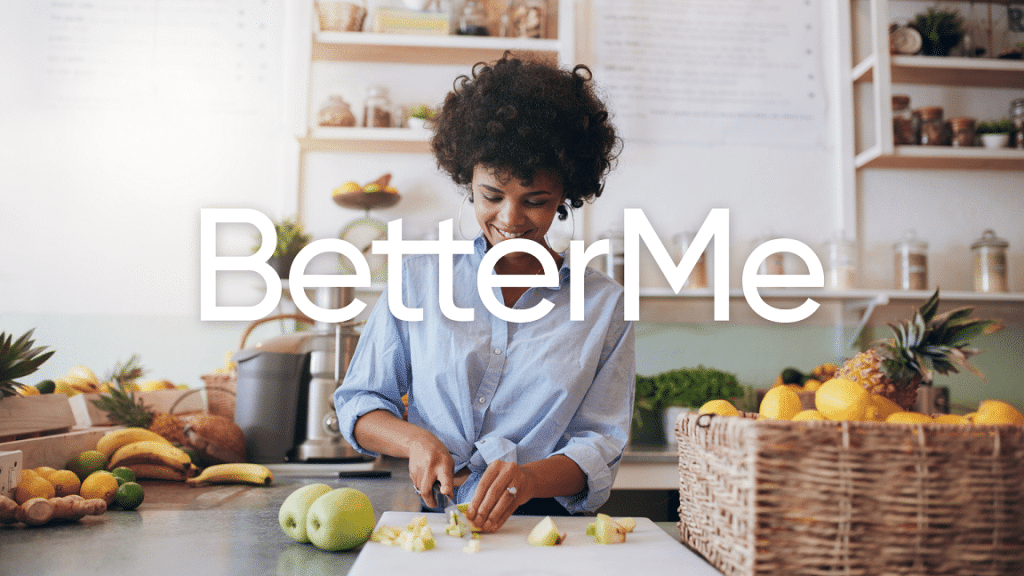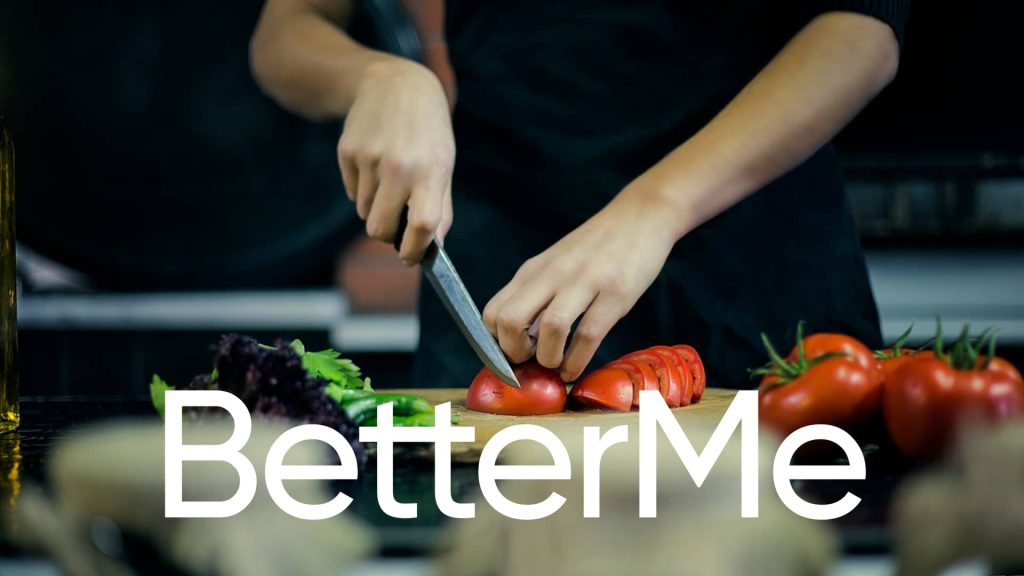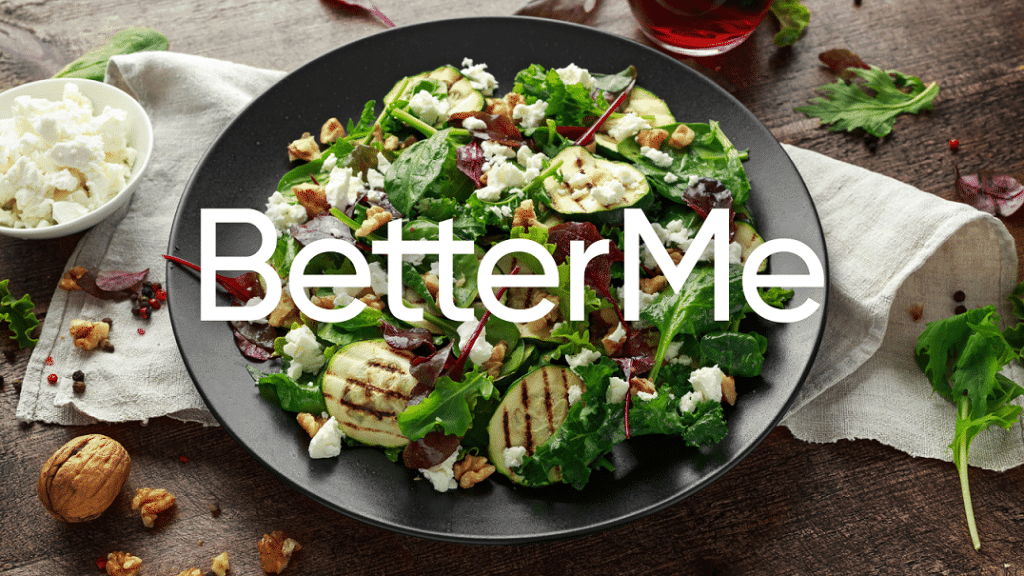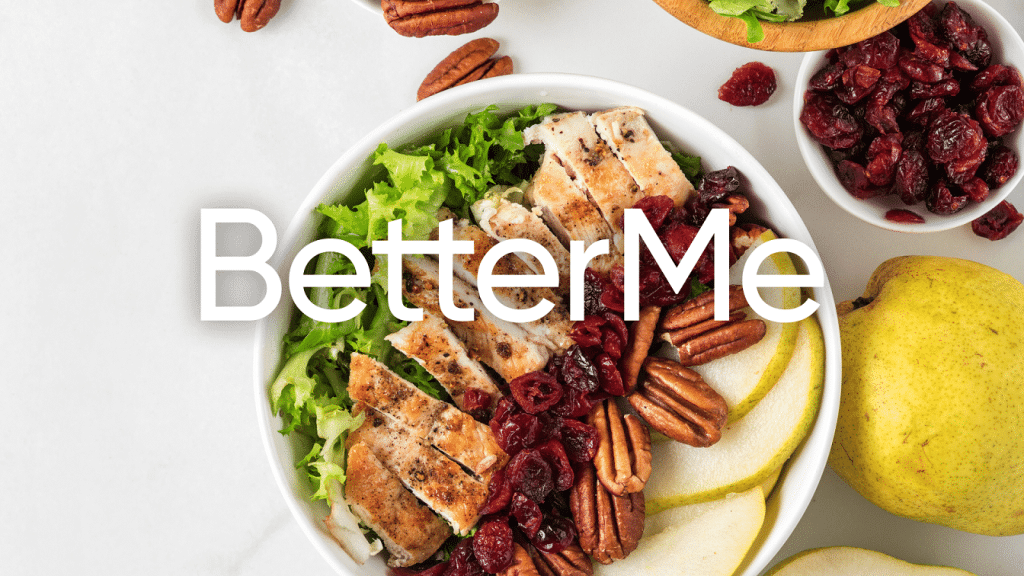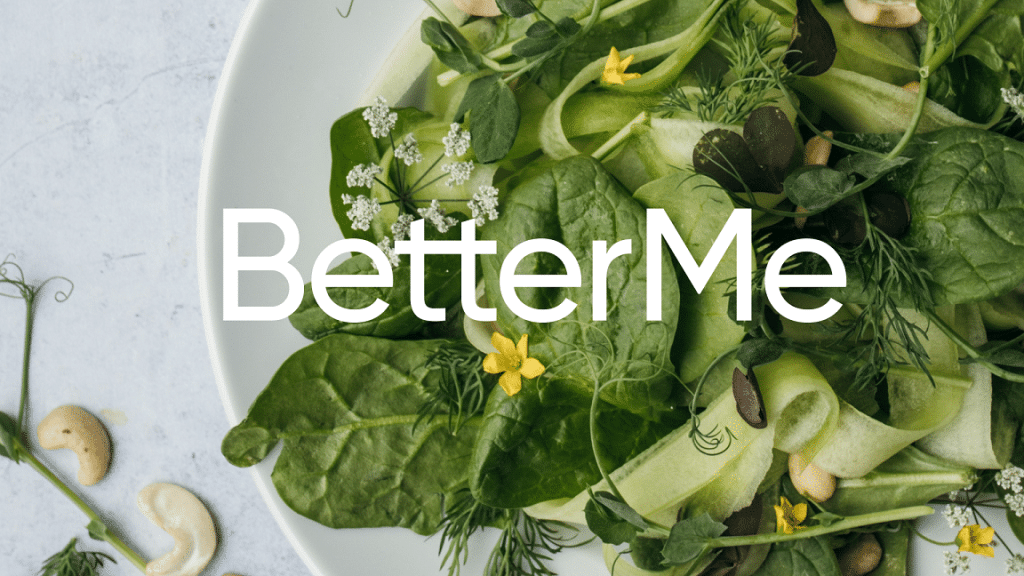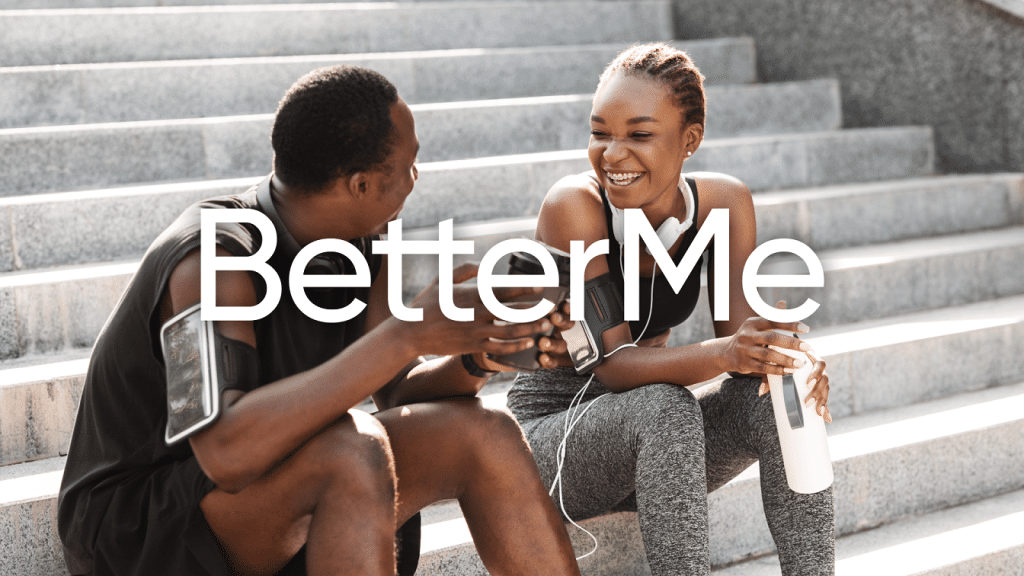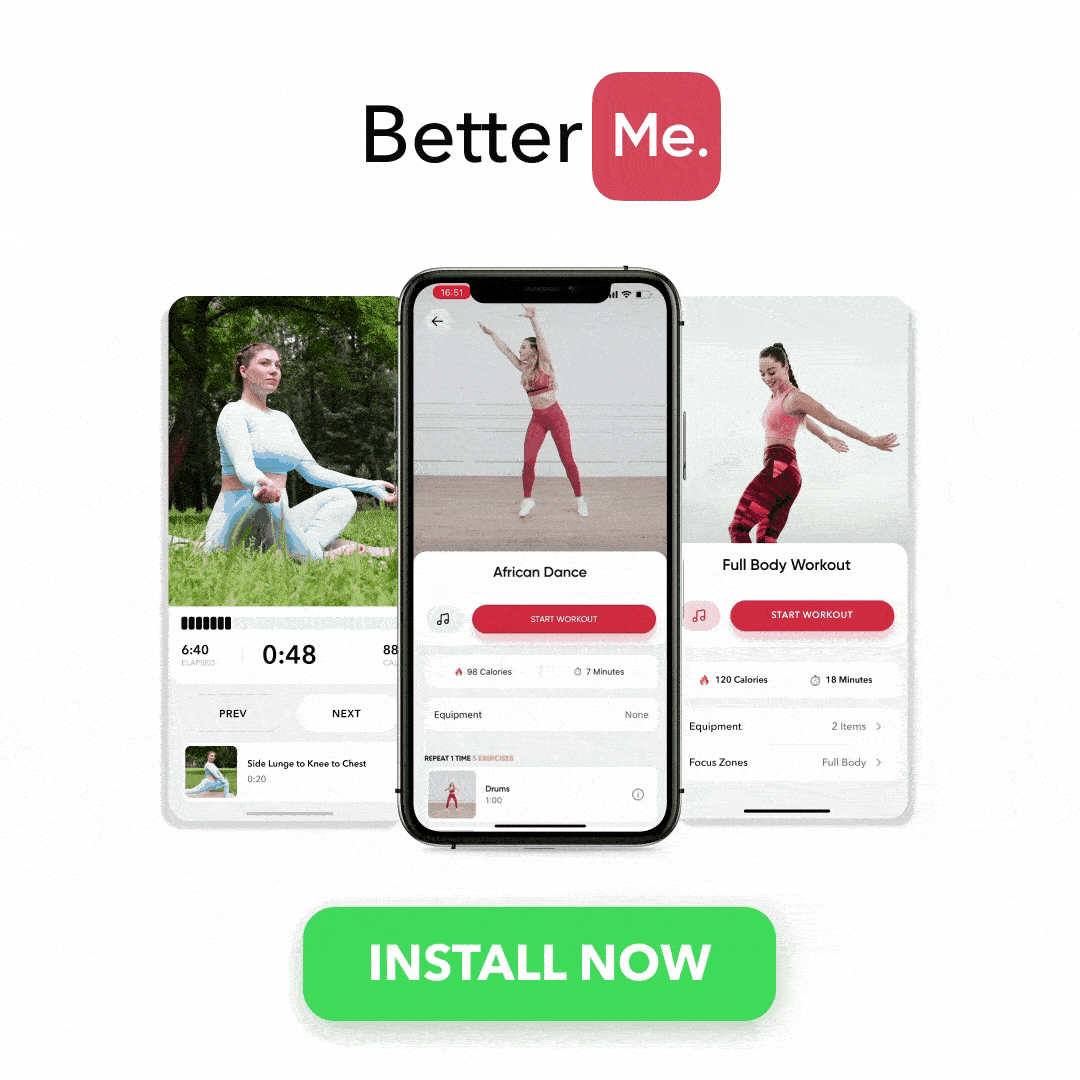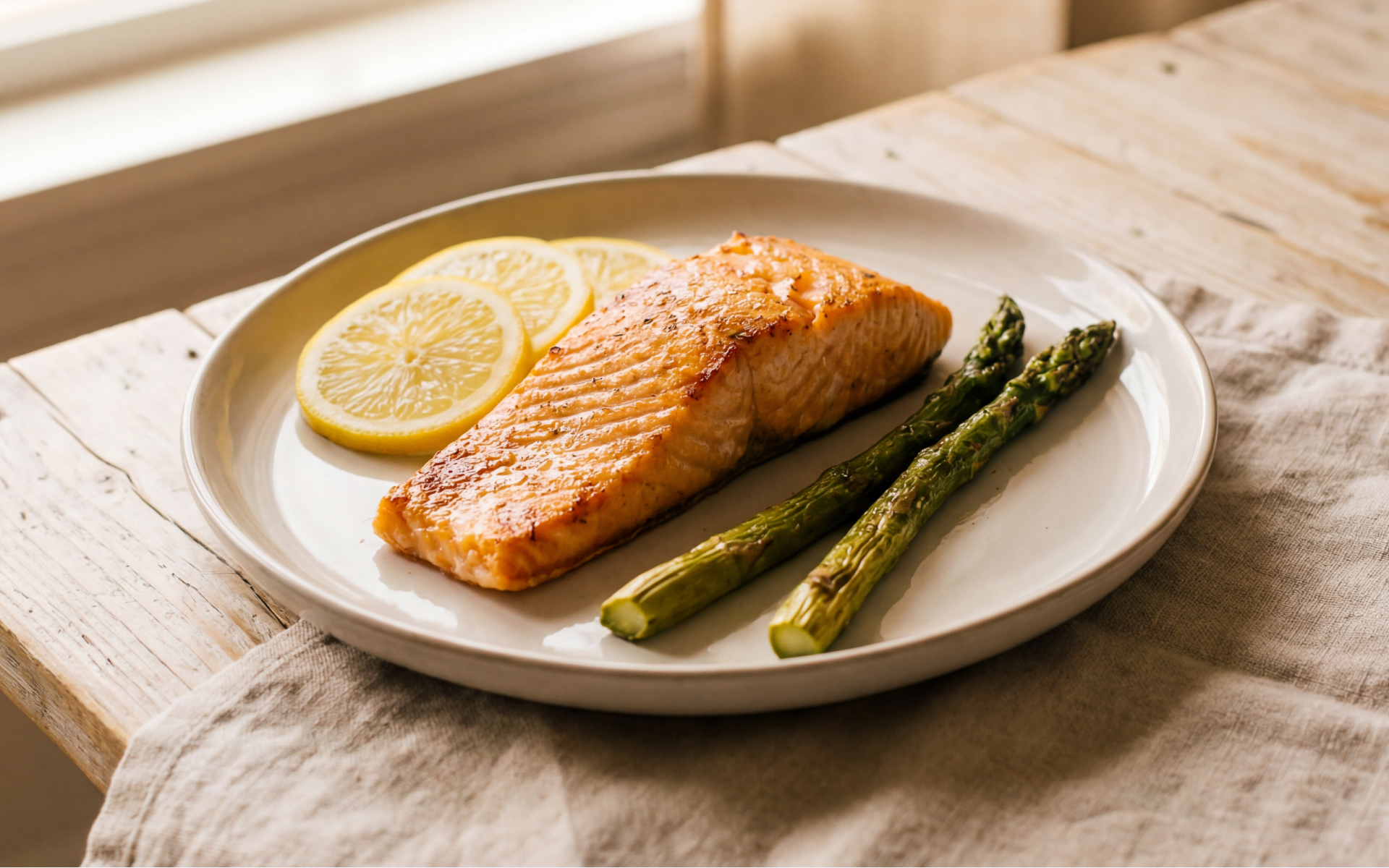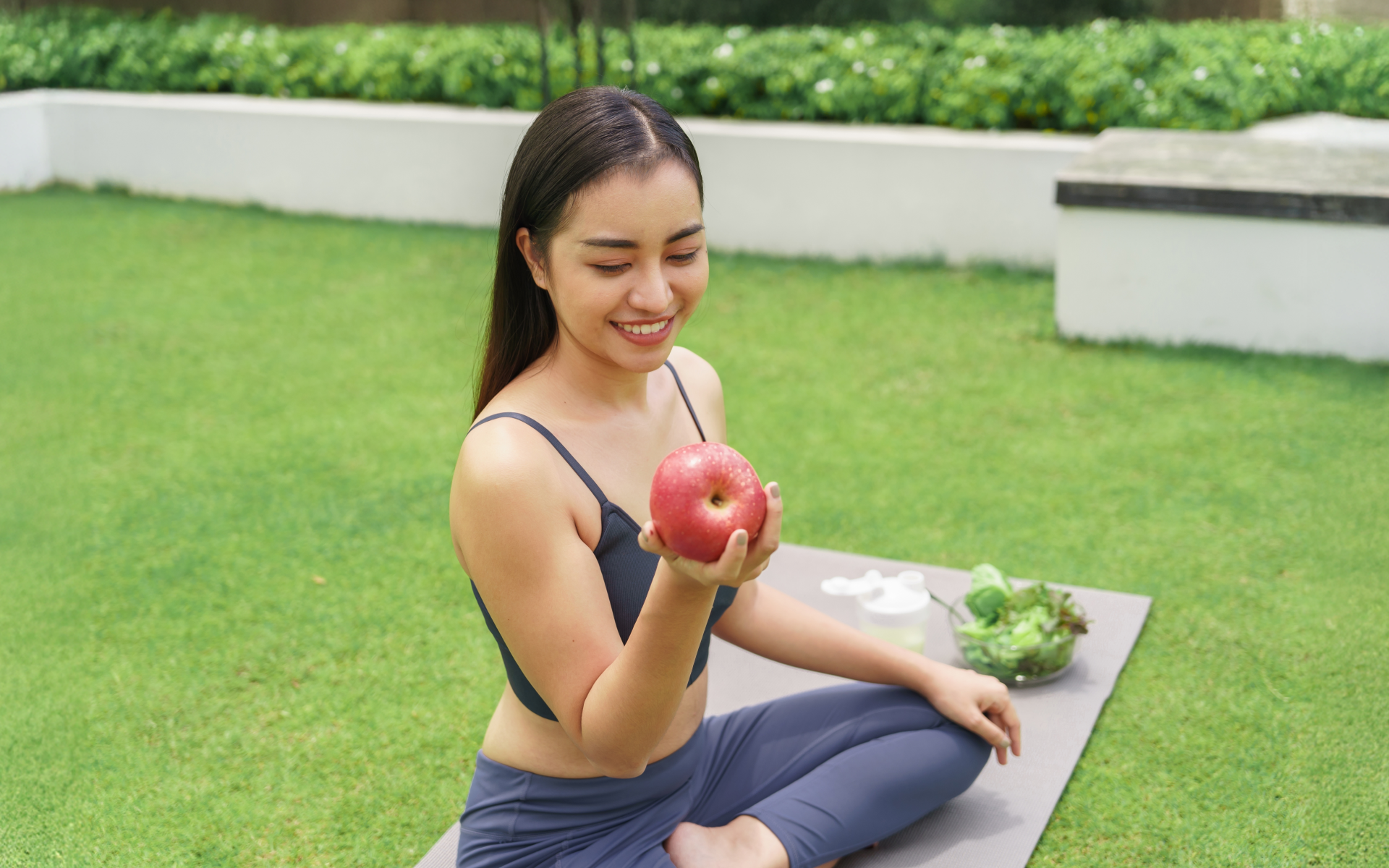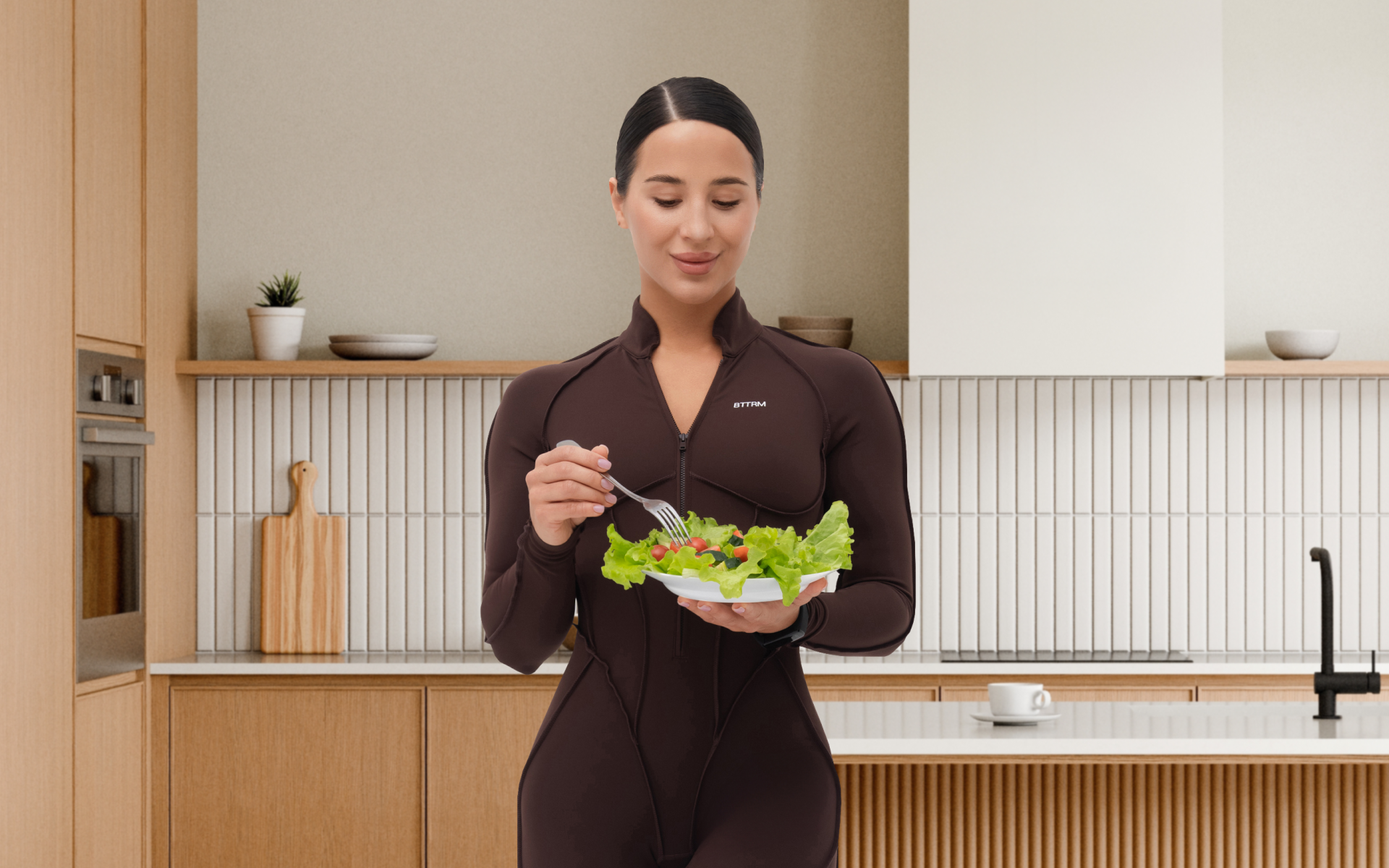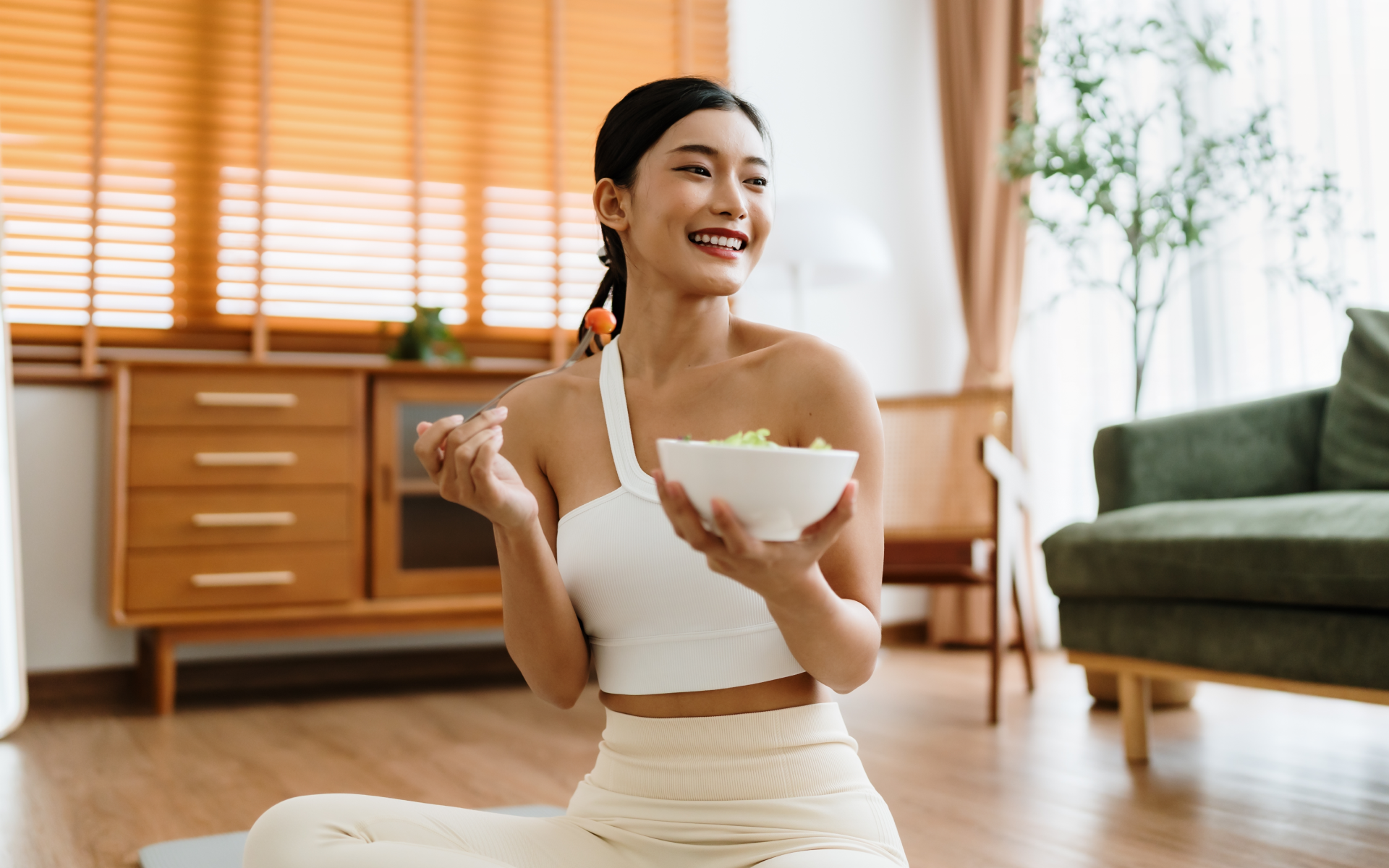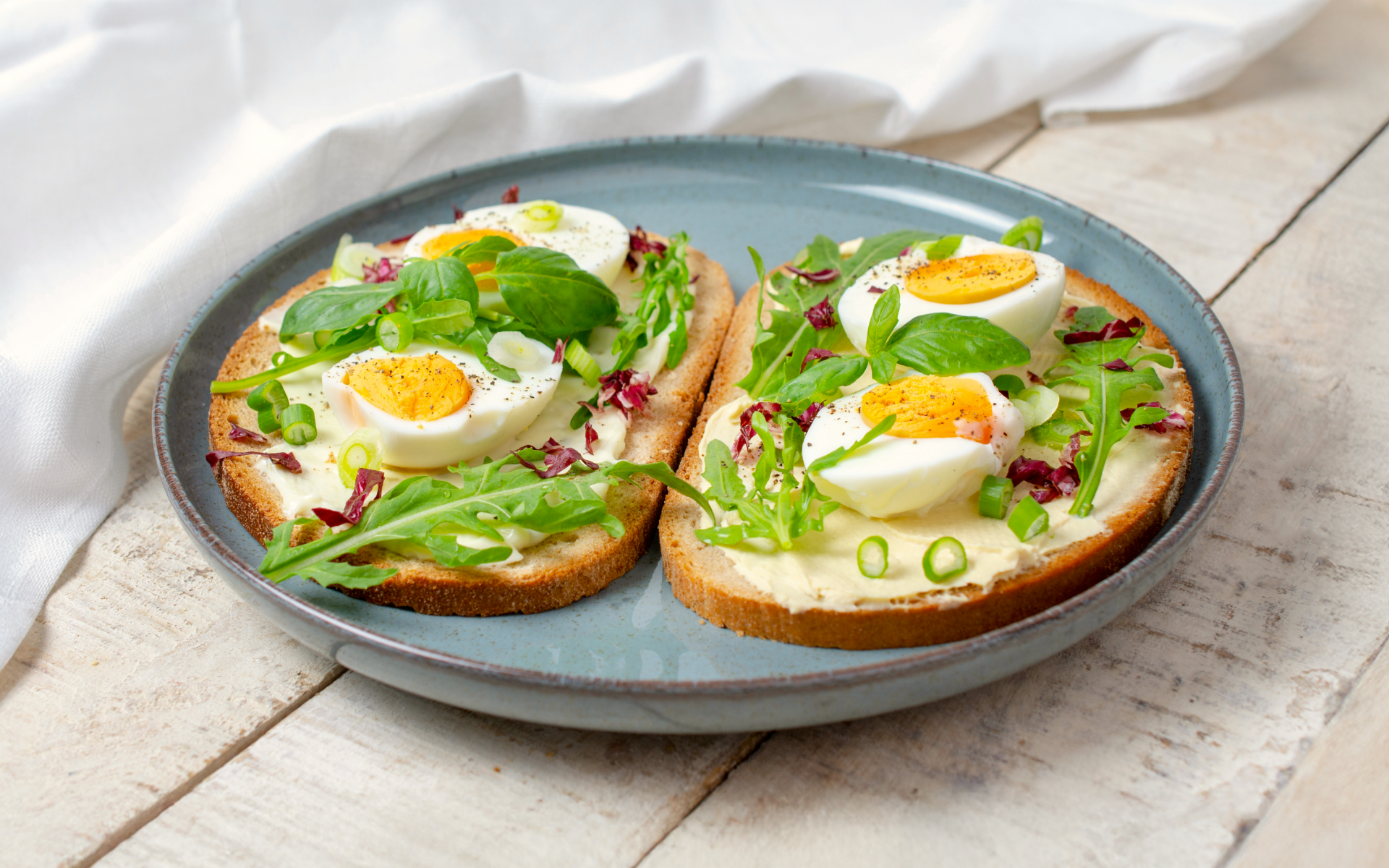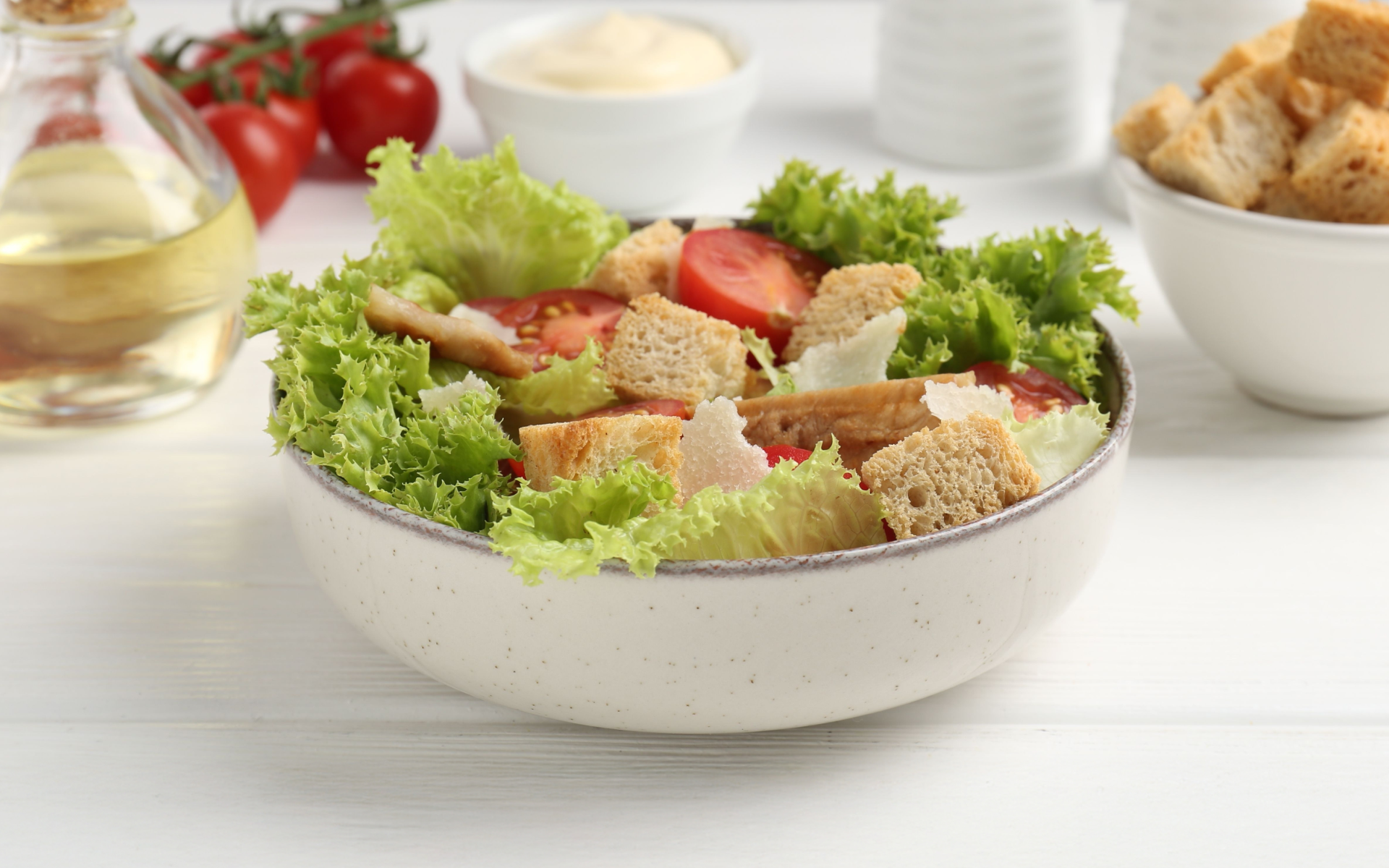Do you know that you can eat your way to your dream weight and body size? It is as easy as checking what’s on your plate. Your body and weight loss goals depend heavily on what you eat.
To lose weight, your eating habits have to change. You need to be more careful about the number of calories you consume. Additionally, whether or not you lose weight depends on the number of calories you consume, body metabolism, and activity level. Do you wish to lose weight? Here is a 1300 Calorie Diet Meal Plan you would be happy to try.
Can I Lose Weight On A 1300-Calorie Diet Meal Plan?
Yes, it is possible to lose weight on a 1300 calorie diet meal plan. However, losing weight is not the endgame. Once you shed off all the extra pounds, you need to find a healthy way of maintaining your new weight.
A healthy male adult who is not on a weight loss journey requires roughly 2500 calories, while a female adult requires 2000 calories (4). To lose weight, you are required to reduce your calorie intake to 500 less than what your body needs to maintain its current weight (1).
Therefore, women who lead relaxed and sedentary lifestyles will need approximately 1500 calories daily to lose an average of 1 pound of weight weekly. Their active counterparts will need at least 1700 calories to lose the same amount of weight in the specified time.
A male adult leading a relatively sedentary lifestyle needs 2100 calories per day to lose 1 pound weekly. If he has an active lifestyle, the number of calories increases to 2300-2500 calories per day (4).
You can see that a 1300 calorie diet meal plan low carb is way below the recommended daily calorie intake. It is a very low-calorie diet and may not be ideal for most people. This is why, while it may be an excellent starting point of your weight loss journey, it may not be suitable for some people. Additionally, overweight folks may want to ease into this diet gradually. So as not to shock the body with a sudden calorie drop. The more you weigh, the more energy you need to perform basic functions (5).
Therefore, we advise that you use this plan as a foundation while building and stacking on more fruits and vegetables when you get the chance.
What Determines Your Daily Calorie Requirement?
Several factors affect your daily calorie needs. Determining the issues affecting your daily caloric intake will give you a rough idea of your daily caloric need. It will also help you come up with the perfect weight loss meal plan.
Here are factors that determine your daily calorie requirement:
Basal Metabolic Rate (BMR)
This is the total energy utilized when your body performs essential functions such as breathing, circulation, and digestion (3). You can lose weight just by eating the required number of calories to sustain your BMR. However, this is unhealthy and not sustainable.
Read More: Flaxseed Recipes For Weight Loss: 6 Simple Ways To Use This Superfood
Activity Level
You will need more calories if you lead an active lifestyle. In perspective, a busy person will need about 400 to 1000 calories more per day than a person of the same gender, age, and height who leads a sedentary lifestyle (8).
Physical activity increases the number of calories your body needs to burn to produce energy. Remember that the amount of calories you burn is also dependent on how intense the activities are. Additionally, the more time you spend doing an exercise, the more calories you will need.
Age
Senior adults need fewer calories to maintain their weight since they have less muscle and minimal physical activity (2). If older citizens continued to eat the same number of calories they did when they were younger, they would likely gain extra fat (7).
Gender
Men have less body fat than women and about 10 to 20 percent more muscles than women of the same age and size (6). You know that muscle burns more calories than fat; therefore, an adult male’s calorie needs are about 5 to 10 percent higher than that of an adult female.
1300-Calorie Diet 7-Day Meal Plan
Losing weight and maintaining the new weight needs you to make healthy meal choices. This sounds complicated at first, but it is doable. Luckily, we have simplified this step for you. Below is a 7-day 1300-calorie diet meal plan that you can follow if 1300 calories is enough for you to safely lose weight while still meeting your nutritional needs. Talk to your doctor and/or dietitian to find out if this is the case for you.
Note that if you stick to the food suggestions listed here, your daily total calorie intake will be approximately 1300. The meal plan is inclusive, and the meal suggestions are sumptuous. You are also free to drink calorie-free beverages. Throughout the plan, water is your best friend.
Monday
To start the week on a strong, healthy note, here are meal suggestions for breakfast, lunch, and dinner.
Total calories to be consumed: 1282 calories.
Breakfast
Peanut butter and banana toast (385 calories, 51.7g carbs, 17.3g fat, 12.1g protein)
Ingredients:
- 1 slice whole-wheat bread
- ½ large banana
- 1 tbsp honey
- 2 tbsp peanut butter
Method:
- Spread toast with peanut butter.
- Dice the banana into small circular pieces.
- Arrange them on top of the peanut butter taste.
- Drizzle a little honey to taste.
Lunch
Grilled peanut butter and jelly sandwich (371 calories, 41.7g carbs, 18.4g fats, 12.4g protein)
Ingredients:
- 2 slices regular multi-grain bread
- 1 tsp butter
- 1 ½ tbsp peanut butter
- one tbsp jams and preserves
Method:
- Spread peanut butter onto one slice of bread.
- Spread jam and other preserves on the other slice.
- Put it together and enjoy.
Dinner
Spicy yogurt chicken wrap (526 calories, 25.9g carbs, 12.3g fats, 86.5g protein)
Ingredients:
- 12 oz chicken breast
- 1 ⅓ non-fat greek yogurt
- 2 tbsp lime juice
- 1 tsp hot sauce or pepper
- 2 items tortilla
- 2 cup shredded lettuce
Method:
- Boil some water in a pot.
- Add the chicken breast, then boil for another 8-12 minutes until the chicken is cooked through.
- Drain and cool, then shred into small pieces.
- Toss the shredded chicken with yogurt, hot sauce, and lime.
- Top the tortilla wraps with fresh lettuce and chicken.
- Enjoy!
Tuesday
Total calories consumed: 1277 calories.
Breakfast
Enjoy a bowl of cornflakes (444 calories, 71g carbs, 10g fats, 20g proteins)
Ingredients:
- 2 cups ready to eat cornflakes
- 2 cups reduced-fat milk
Method:
Pour cereal into a bowl, add warm milk, and eat.
Lunch
Salsa Tuna wrap (372 calories, 26g carbs, 12g fats, 41g proteins)
Ingredients:
- 1 can tuna
- 2 tbsp salsa
- 1 tortilla
- ¾ oz cheddar cheese
Method:
Combine the salsa and tuna, place on the tortilla wrap, sprinkle some cheddar cheese and eat.
Dinner
Chicken Caesar salad (461 calories, 6g carbs, 22g fats, 58g protein)
Ingredients:
- 1 tbsp caesar salad dressing
- 1 chicken breast; bone and skin removed
- 3 cups spinach
- 1 tbsp salad olive oil
- 1 tbsp parmesan cheese
Method:
- Pound the chicken breast using your kitchen mallet
- Cook in a non-stick pan over medium heat with a tablespoon of olive oil. Cook each side for about 4 minutes, or until cooked.
- Mix the low-fat caesar salad dressing with the remaining olive oil in a separate bowl.
- Combine the spinach, parmesan cheese, and shredded chicken breast into a bowl. Add some dressing, then serve.
BetterMe app is a foolproof way to go from zero to a weight loss hero in a safe and sustainable way! What are you waiting for? Start transforming your body now!
Wednesday
Here are healthy meal suggestions to get you through midweek.
Total calories consumed: 1226 calories.
Breakfast
Strawberry Protein Shake (441 calories, 47g carbs, 11g fat, 41g protein)
Ingredients:
- 16fl oz reduced-fat milk
- 1 cup ice cubes
- one scoop of whey protein powder
- 1 cup strawberries
Method:
- Put all ingredients in a blender and pulse until smooth.
- Serve and enjoy.
Lunch
Chicken celery sticks (341 calories,12g carbs, 17g fats, 33g proteins, 3g fiber)
Ingredients:
- 1 can canned chicken
- 2 tbsp mayonnaise-like dressing
- ½ tbsp garlic powder
- ¼ tsp salt
- 3 stalks large celery
Methods:
- Combine all the canned chicken, garlic powder, mayo, and salt in a bowl. Mix well.
- Cut the celery stalks in halves. Stuff each stalk with a generous portion of the chicken mixture and serve.
Dinner
Chicken Mayo salad (444 calories, 26g carbs, 22g fats, 34g protein, 4g fiber)
Ingredients:
- 1 tbsp canola oil
- ½ chicken breast; skin and bone removed
- 1 leaf lettuce
- 2 slices whole-wheat bread
- 1 tbsp light mayonnaise
Method:
- Heat canola oil in a pan over medium-high heat. Add chicken and cook for 5-7 minutes on each side, or until cooked.
- Let the chicken cool, then shred it into small pieces.
- Tear the lettuce leaf into smaller pieces, then add to the bowl with the chicken.
- Add mayonnaise and mix well.
- Place this mix between two slices of bread and enjoy.
Thursday
Total calories consumed: 1277 calories.
Breakfast
Sausage and egg breakfast sandwich (457 calories, 25g carbs, 27g fats, 27g proteins)
Ingredients:
- 2 large eggs
- ½ link Italian sausage
- 2 slices whole-wheat bread
Method:
- Remove the skin casing from the sausages, then press to a thin patty.
- Heat a non-stick skillet over medium heat, then cook the sausage patties until ready. Remove from the pan and set aside.
- Cook your eggs in the sausage grease until well done.
- Toast bread.
- Top one slice with the sausage patty and eggs, cover with the remaining slice and enjoy.
Lunch
Delicious turkey sandwich (353 calories, 54g carbs, 6g fats, 21g proteins)
Ingredients:
- 4 slices whole-wheat bread
- 6 tsp mustard
- 4 slice deli cut turkey
- 4 large leaf lettuce
Method:
- Spread a dollop of mustard on one of the slices.
- Top up with the lettuce and turkey, then cover with the remaining slice of turkey and enjoy.
Dinner
End the day with a sumptuous bowl of mixed vegetables in cheese sauce (467 calories, 26g carbs, 14g fats, 55g proteins, 8 grams fiber)
Ingredients:
- ¾ chicken breast; bone and skin removed
- 1 oz cottage cheese
- 1 cup mixed vegetables
- 2 tsp dry taco seasoning mix
- ¼ cup shredded Colby cheese
Method:
- Boil a pot of water.
- Add the chicken breast, then boil for 10-15 minutes or until cooked. Drain and let it cool.
- Shred the chicken into small bite-size pieces.
- Combine everything in a non-stick pan on medium-high heat. Stir gently, then cover for a few minutes until the vegetables thaw or until the cheese starts to melt.
- Serve and enjoy.
Read More: 10 Low-Calorie Lunch Recipes For Weight Loss: Proof That Less Calories Doesn’t Mean Less Flavor
Friday
The weekend is fast approaching, and here is a mouth-watering meal plan suggestion to end the week in style.
Total calories consumed: 1294 calories.
Breakfast
Maple butter oatmeal (473 calories, 85g carbs, 14g fats, 10g proteins, 10g fiber)
Ingredients:
- 1 cup oatmeal
- 2 cups water
- 2 tbsp maple syrup
- 1 tbsp butter
Method:
- Cook your choice of oatmeal according to the directions listed on the package.
- Add in butter and maple syrup, stir until the butter has melted and the mixture is smooth.
- Serve and enjoy.
Lunch
Strawberry protein smoothie (384 calories, 20g carbs, 11g fats, 52g proteins)
Ingredients:
- 1 ½ cup water
- 1 tbsp almond butter
- 60 grams whey protein powder
- 8 large strawberries
Method:
- Put everything in the blender and pulse until smooth.
- Add some ice cubes for a refreshing and cooling twist.
- Serve and enjoy.
Dinner
Mozzarella and Hummus on flat multi-grain bread (424 calories, 38g carbs, 18g fats, 37g protein)
Ingredients:
- 2 servings of light flatbread
- 2 oz mozzarella cheese
- 4 tbsp hummus
Method:
- Preheat your grill to medium heat.
- Spread hummus and mozzarella onto half of the flatbread.
- Fold the untopped half over the topped half and grill over medium heat until warm and grill marks appear.
- Serve and enjoy.
Saturday
The weekend is here, and what better way to treat yourself to the sumptuous meals listed below.
Total calories consumed: 1262 calories.
Breakfast
Apple sandwiches with almond butter and granola (424 calories, 50g carbs, 23g fats, 11g proteins)
Ingredients:
- 2 tbsp almond butter
- 1 medium apple
- ¼ cup granola with almonds
Method:
- Wash your apple, core it, and slice it into rings.
- Spread both apple rings with some almond butter, sprinkle generously with granola, and top up with another apple slice.
- Serve and enjoy.
Lunch
Peach protein smoothie in the middle of the day (345 calories, 47g carbs, 4g fats, 34g proteins)
Ingredients:
- 1 tbsp honey
- a scoop of whey protein powder
- one medium peach
- 1 cup low-fat milk
Method:
- Put all the ingredients in a blender and pulse until smooth.
- Add some ice cubes if you want it more chilled.
- Serve and enjoy.
Dinner
End the Saturday on a high note by having Asian-style beef and broccoli for dinner (493 calories, 17g carbs,29g fat, 41g proteins)
Ingredients:
- ½ tbsp olive oil
- 1 ½ cup chopped broccoli
- ¼ cup strips of carrots
- ¼ cup chopped onions
- 1 ½ tbsp soy sauce
- ¼ chicken broth
- 6 oz beef top sirloin
Method:
- Heat oil in a skillet pan, then add all the prepared vegetables.
- Cook until the vegetables are crisp-tender and all the onions golden brown.
- Add in the sirloin beef strips and cook until done.
- Add soy sauce and chicken broth. If you want to thicken the sauce, you can add in some corn starch.
- Serve hot and enjoy.
Intense sweat sessions, working weight loss tips, lip-smacking recipes come in one package with the BetterMe app. And all of it is at your fingertips, start transforming your life now!
Sunday
The end of the week is here, and we thought you might want to have something fun, delicious and healthy at the same time. Here are some suggestions.
Total calorie intake: 1284 calories.
Breakfast
Banana berry “ice cream” (431 calories, 109g carbs, 2g fats, 6g proteins)
Ingredients:
- 3 medium-sized bananas
- 1 cup raspberries
- 3 ice cubes
Method:
- Place ingredients in a blender and pulse until smooth.
- You don’t have to use ice cubes if you are using frozen bananas.
- Serve immediately.
Lunch
Lettuce cucumber walnut salad (383 calories, 16g carbs, 34g fats, protein 9g)
Ingredients:
- 5 ¼ cup shredded lettuce
- 2 medium cucumber
- 1 tbsp olive oil
- one dash of salt
- 1 dash of pepper
- ¼ cup chopped walnuts
Method:
- Put the lettuce in a bowl.
- Add peeled and sliced cucumbers.
- In the same bowl, add olive oil, then season with pepper and salt. Crush and add your walnuts, serve and enjoy.
Dinner
End the weekend with a healthy plate of BBQ Chicken sandwich (470 calories, 40g carbs, 15g fats, 42g proteins)
Ingredients:
- ½ breast of chicken; bone, and skin removed
- 2 slice whole-wheat bread
- 2 tbsp barbecue sauce
- 1 oz cheddar cheese
Method:
- Pound the chicken into the same thicken using a kitchen mallet.
- Cook in a non-stick pan with a tablespoon of olive oil. Cook each side until the chicken is ready.
- Toast the bread.
- Shred the chicken breast into small bite-sized pieces. Spread barbecue sauce on both slices of bread, top up with a generous helping of cheese. Add the shredded chicken and serve.
The Bottom Line
Weight loss is achievable, but only if you are ready to commit to the process. A healthy diet, coupled with some exercise, will get you to your desired weight. If you follow this meal plan, you are well on your way to your desired weight. The meal plan is flexible, and you can substitute some meals with what you want, or interchange meals from different days depending on what you feel like or have on hand.
However, be careful not to go over the recommended 1300 calorie intake if that is your goal. If you need to snack in between meals, consider low-calorie snack options. You can choose things like veggies, fruit, nuts, greek yogurt, and single-serving cheeses.
DISCLAIMER:
This article is intended for general informational purposes only and does not address individual circumstances. It is not a substitute for professional advice or help and should not be relied on to make decisions of any kind. Any action you take upon the information presented in this article is strictly at your own risk and responsibility.
SOURCES:
- 2015-2020 dietary guidelines (2015, health.gov)
- Aging, basal metabolic rate and nutrition (1993, pubmed.ncbi.nlm.nih.gov)
- Basal Metabolic Rate: History, composition, regulation and usefulness (2004, pubmed.ncbi.nlm.nih.gov)
- Calories (2020, ncbi.nlm.nih.gov)
- Energy metabolism, fuel selection and body weight regulation (2008, ncbi.nlm.nih.gov)
- Gender differences in strength and muscle fiber characteristics (1993, pubmed.ncbi.nlm.nih.gov)
- Obesity and the elderly (2012, pubmed.ncbi.nih.nlm.gov)
- What is the effect of physical activity level on food consumption, energy deficiency and dietary diversity? (2004, pubmed.ncbi.nlm.nih.gov)

